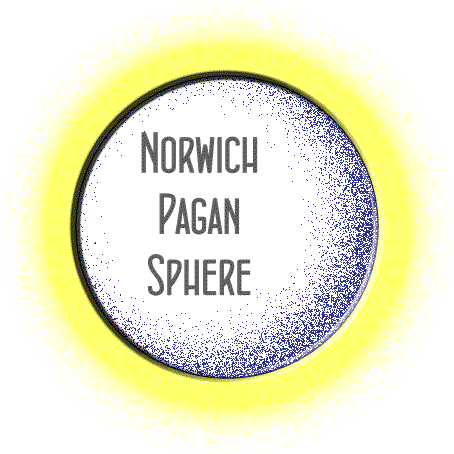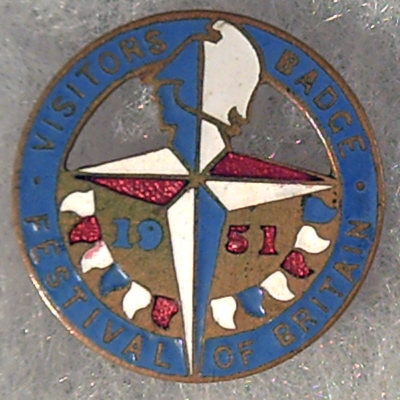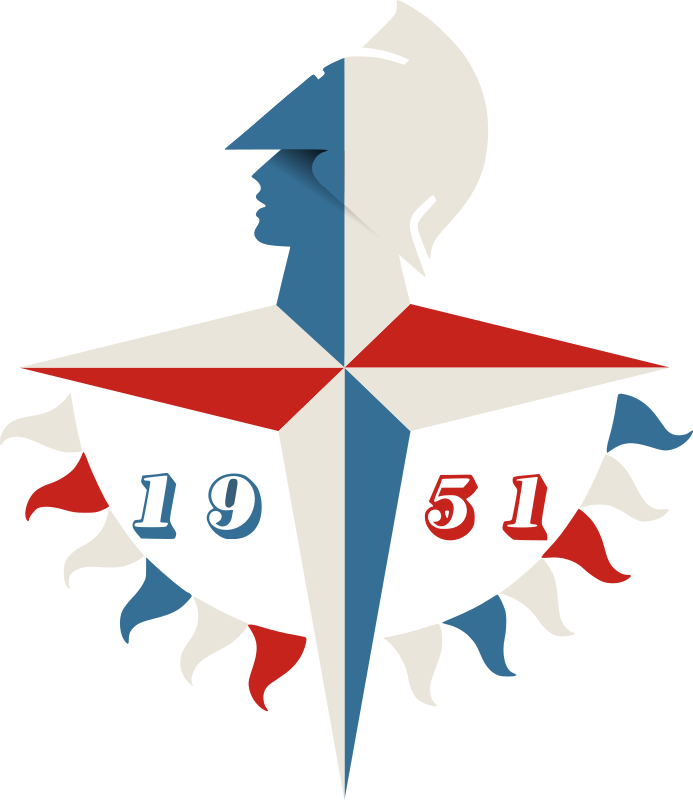
Brought to you by
Norwich Pagan Sphere

 |
Brought to you by
|

We all get a buzz off of events like concerts, performances, festivals, ceremonies, and rituals. Sometimes the event is so big it gathers everyone with it, first the instigators, then the participants or performers, then whole communities. This is a kind of magic: the belief in something so special, so strong, that it becomes something special, and leaves a legacy for the whole community, the nation or even the world.

The Festival of Britain marked the centenary of the Great Exhibition and was a deliberate "Tonic to the Nation" after the Second World War and the subsequent years of austerity. It was of course a child of its time, full of confidence in technology, sexist, impossible in a wheelchair, Anglo-centric, smoke-filled, and certainly not multi-faith, but it fulfilled a deep need for something new and enjoyable, something to inspire people and to give them hope.
There was a clear ethos of limited diversity in unity, rather than unity in diversity, but many of the organisers’ more paternalistic messages appear to have been ignored by the eight-and-a-half million people who came through the gates on London’s South Bank, and the many more at the Battersea Pleasure Gardens and the connected events up and down the country. On the other hand, the fun, colour and sense of a bright new future stuck.

Architecture and town planning were key to the Festival, which even included a model new housing estate in Poplar as one of its attractions (not one its better legacies, sadly), and the design for the South Bank espoused a respect for the perceived genius loci and took the idea of the Picturesque, from 17th- and 18th-century painting and landscape design, to make the most of the constraints of the site and use them to add interest and spectacle to the visitor experience.

The main South Bank event ran from May to September 1951 and contained a series of separate but related pavilions covering the land of Britain and its people. Industry and home-life, sport and leisure were all represented, but the exposition was far from superficial. It began with the geology of the British Isles, and the People of Britain Pavilion’s archaeological section was brought together by Jacquetta Hawkes, who was simultaneously working on her book, A Land, a delightful evocation of Britain over geological time down to the present, which was also published in 1951.

An intriguing element was The Lion and The Unicorn Pavilion, which sought to convey British "character and tradition". Designed by Dick Russell and Robert Goodden, the titular royal heraldic beasts, traditionally in conflict, but representing the union of England and Scotland under James I, were given new roles to typify Britishness. The Lion was, unsurprisingly, given the characteristics of solidity and strength, whilst the Unicorn became a Trickster, bringing the spark of chaos to the British character. At the entrance to the pavilion stood a six-foot-high straw-plait Lion and Unicorn, the work of Essex thatcher and straw-craftsman, Fred Mizen. The Unicorn was pulling on a rope to open a huge rattan bird-cage, suspended from the roof, out of which ‘flew’ a great flock of plaster doves.
Despite the popularity of the Festival, and the hopes of its instigating Labour Government, an incoming Conservative administration in October 1951 was adamant that all trace of the Festival, especially on the South Bank, should be cleared away as soon as possible. Whilst this could well be seen as lacking vision, from a magical perspective perhaps it was exactly what needed to happen. The spell, once performed, is destroyed or buried, at any rate removed from sight, to allow the magic to work in the subconscious without being picked over by the conscious mind. So, in 1951, the "magic city" was bulldozed, leaving the magic to work on in the popular consciousness, without the risk of a decaying theme park detracting from the power of memories, photographs and souvenirs.
web300391.jpg)
web300405.jpg)

A short film, Brief City, about the South Bank site of the Festival of Britain, made for The Observer newspaper and released in 1952, can be downloaded from: https://archive.org/details/brief_city_TNA.
This article is adapted from 'Magic for the People, By the People', by Chris Wood, published in the magazine Quest, no. 187, September 2016.